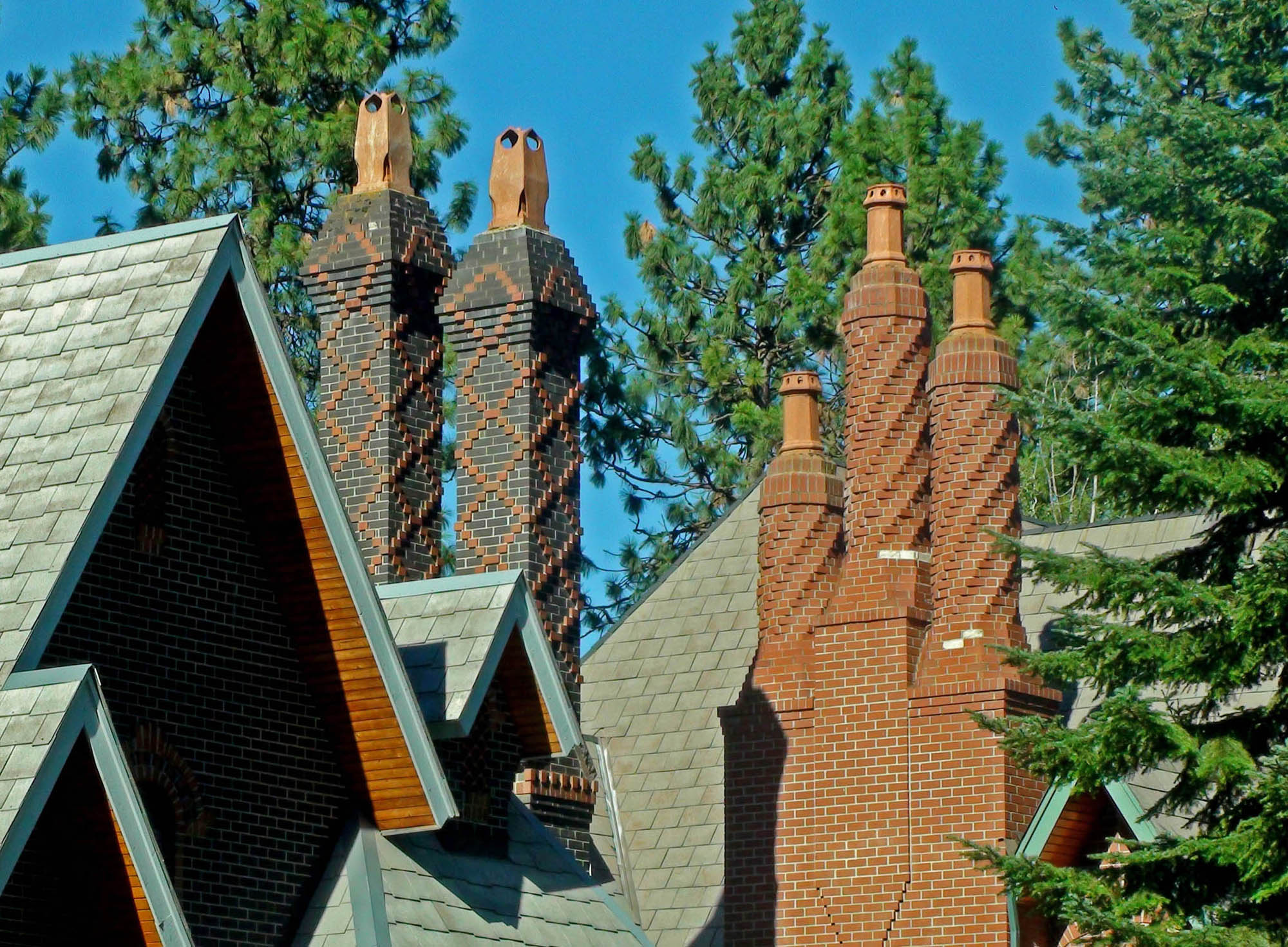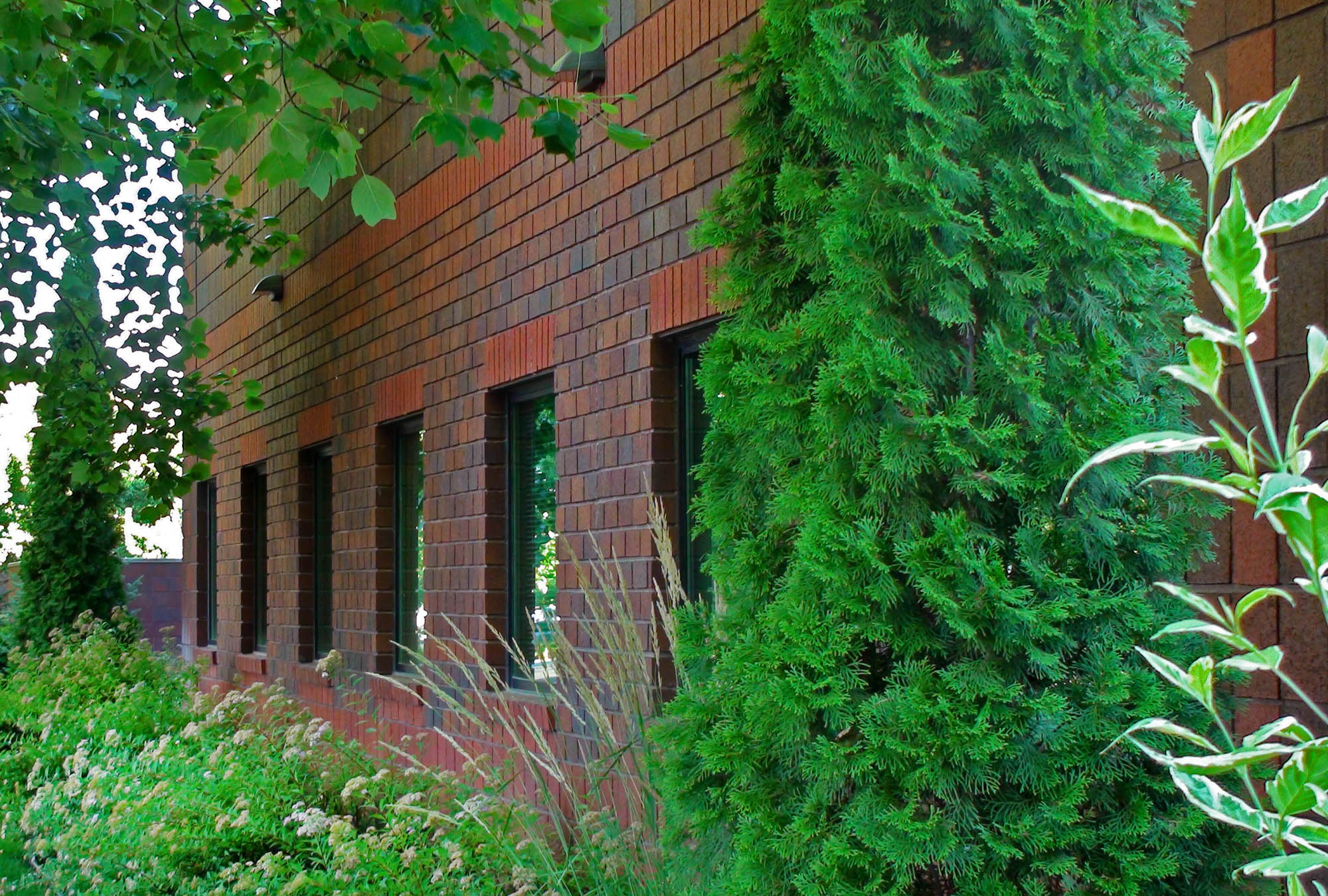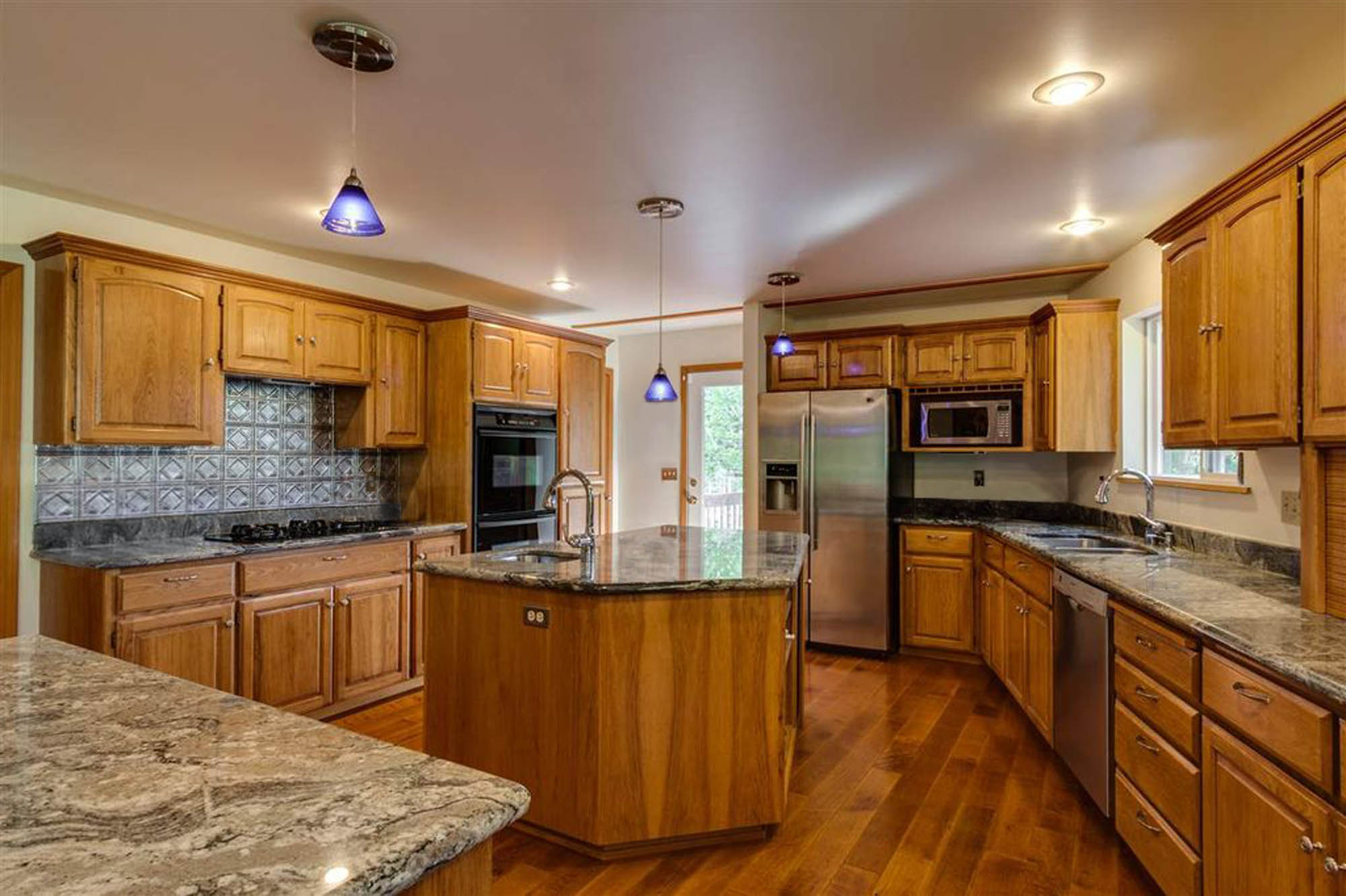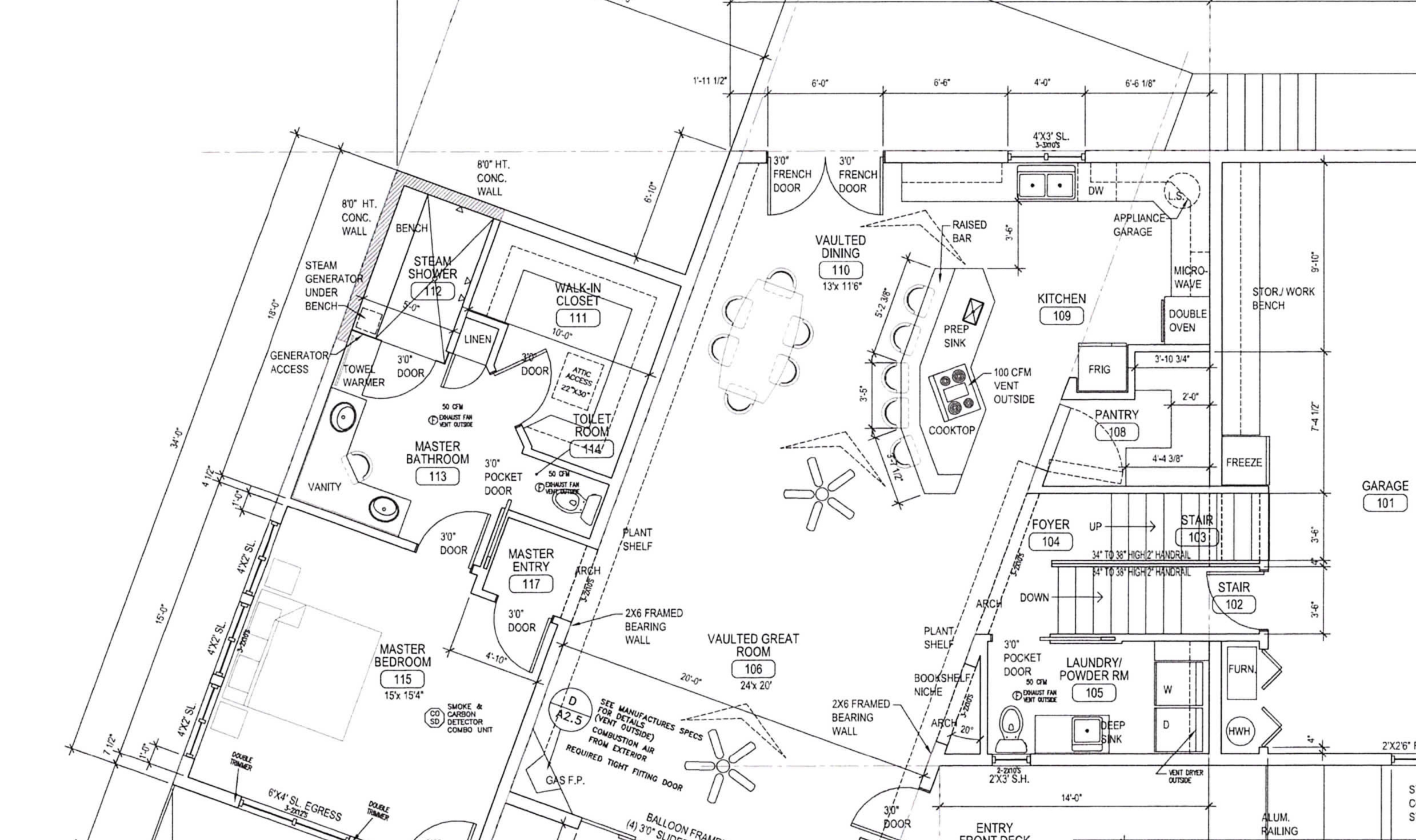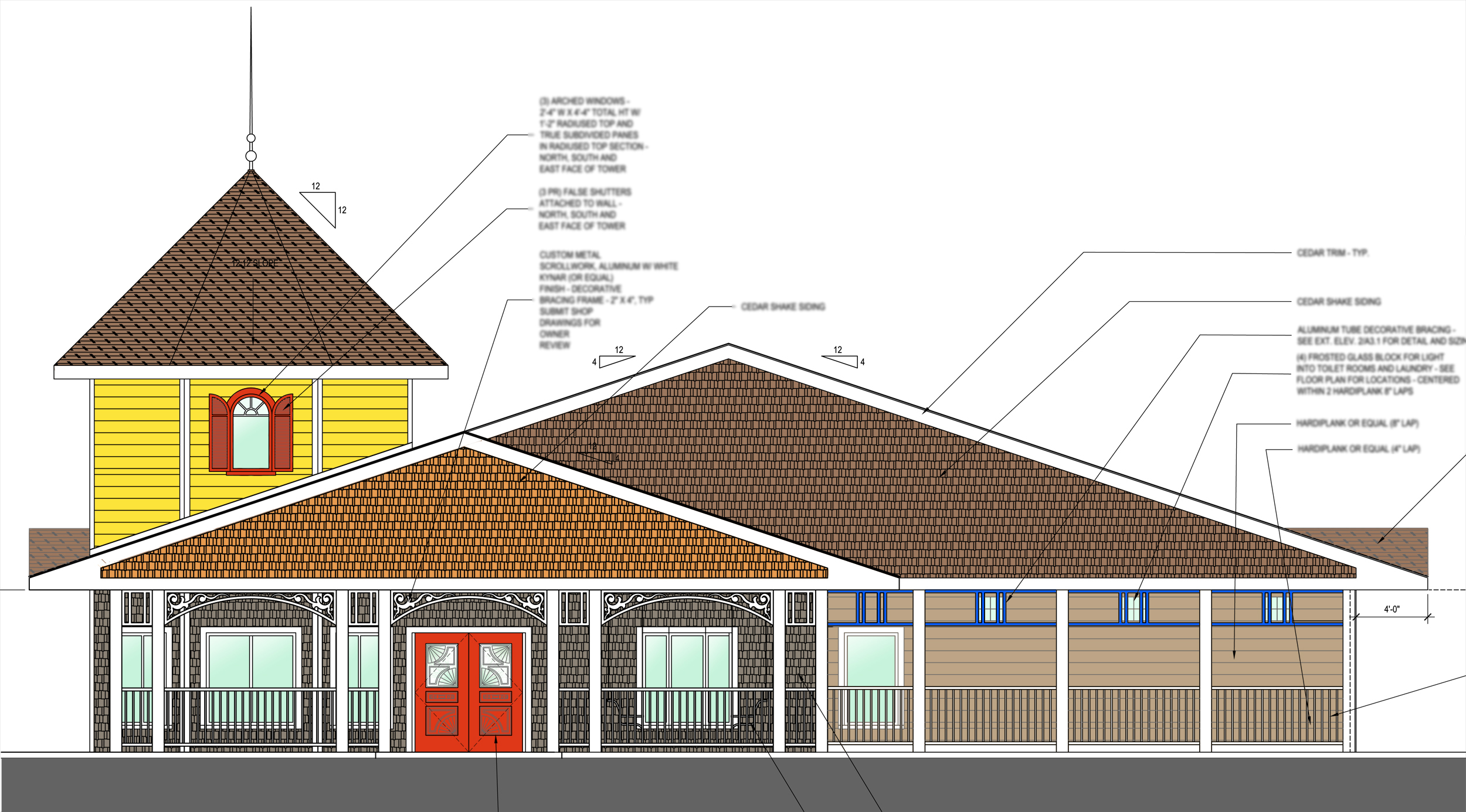So you’re thinking about designing a custom home, remodeling or adding to your current home.
Back to Terra can help you make it happen! Whether you are looking to create an ultra green, compact, tiny house under 1,000 square feet or a multi-story energy efficient dream home with upwards of 8,000 square feet, I have over 27 years of Architecture experience to put it together.
-- Have you ever been outside hanging Christmas lights on your roof and thought, wow, why don't houses come with outlets up here under the eaves?
-- Have you ever thought on Valentine's Day, "Why don't I put a jet tub in my master bathroom?" or, "Wouldn't it be cool to have a custom designed platform bed!"
-- Are you a guy who needs some space? How about an elaborate, sporty man-cave or custom garage?
-- Do you want to go all green and save the world? (Me too!) Let's create an off grid dream home made from natural, local, chemical free materials, most that can be gathered literally in your backyard!
-- Are you a tropical plant lover or gardener in need of a longer growing season? You need an attached greenhouse or a sunroom to bring the garden to you, all through the winter months! You could even add a swimming pool for year round tropical living!
-- No dream is too simple or too outrageous; work with me and I can make your dreams come true!
Cost vs. Value:
The first thing most people want to know is “how much is this going to cost?” Is that what you are thinking right now? Well let’s get that out of the way right up front. Typically, the architectural fee for a custom home can range from 6-8% of the overall cost of your project, depending on square footage, level of finish and level of detailing. Remodels or additions might be figured simply on a square foot basis. However, keep in mind that it is my job as your architect to actually save you money in the long run.
1. Avoid Blunders- An architect can help you avoid major blunders in construction that can cost thousands of dollars to fix after the fact. It’s terribly frustrating, yet it happens all the time. An architect can spot structural problems or catch something that won’t meet code before it gets built and then has to be un-built and then re-built. This issue alone makes it well worth your money to hire an architect!
2. Team Coordinator- An architect can be your team leader, coordinating all the people involved with years of experience to make everything flow in a streamlined and timely manner. When you are paying workers by the hour, time saved is money saved!
3. Long Term Maintenance- Then there’s the long term. It costs a lot to build your project, but a poorly built building can cost a fortune to maintain. An architect, especially a green architect, can provide specifications to make your home energy efficient, and much more problem free for years to come!
4. Long Term Efficiency- Once built, you have to live with this space for a very long time. The architect is skilled in creating efficient traffic flow through your entire space. In the kitchen, for instance, you don’t want the refrigerator two miles from the sink. Placement of doors from one room to another should make sense so you don’t have an awkward traffic problem in front of the TV. How about this example- I once had the pleasure of living in an old farm house with a poorly designed bathroom. I would love to go back in time and chat with the guy that built this otherwise cute little cottage to see just what he was thinking. The little bathroom was a disaster from the moment you walked in the door, which crashed into the little vanity about two thirds of the way open. When standing at the sink, your behind bumped into the linen closet door handle. If you wanted to sit on the toilet, facing forward, you pretty much had to put your feet in the bathtub! Needless to say…I redesigned it! Linen closet moved out to a space in the hall, bigger updated vanity went in place of the closet, and toilet turned 90 degrees. There! Much better!
5. Health and Safety- An architect can save you more than money. We are trained in all the building codes and can spot potential dangers and health concerns, potentially saving your life!
What to Expect From Your Architect:
1. Initial Consultation- “Hi! My name is Chuck. What can I do for you?” Things get exciting right from the start; it’s my job to listen to you and learn about your concepts, dreams, goals, and ideas. This is your project! I will jot down some notes, and even make a few basic sketches to get rough ideas flowing. Sometimes this is all that happens at the very first meeting, especially if we meet somewhere that’s not the site where the design is going to be built. Sometimes the initial consultation happens at the site, and then we can also look at existing conditions, take some measurements, and talk about limitations such as “this is how much I want to spend” or “I want to make sure we leave this tree in place” or “I’m sorry, but the city won’t let you build a four story home in this neighborhood.”
2. Design Phase-
a. Rough sketches- This is when we get down to business. We start with a few quick drawings to really get a good idea of how you want things to look. Need help forming your ideas? Don’t worry! That’s exactly what you hired me for! Ideas are my specialty! Sometimes this phase happen really quickly if one of my first conceptual drawings ends up being exactly what you want. More often than not, however, we need to try a few times and make a few adjustments along the way before we get it just right.
b. Refining the Design- Here’s where we work out all the details, literally down to the inch. I can create flat drawings, or to really be able to visualize your design, I can create 3D renderings. What kind of tub do you want? How wide do you want this glass block or brick masonry wall to be? How about a planter in this empty spot? All these details need to be specified so the construction crew will know exactly what you want and where you want it.
3. Documentation- Once you have approved the whole design, I then prepare detailed drawings and specifications called Contract Documents (CD’s) that will first be provided to the city/county for approval and then to the contractor for the actual construction phase.
4. Permitting- First things first. We need to get building permits. Why do we have to do this? We need to make sure we aren’t building over something we shouldn’t, like maybe a natural gas pipeline or a migration route for endangered turtles!
5. Construction Phase- Time to Build Your Project!
a. Hiring a Contractor- Ultimately it’s the homeowner’s responsibility to select and hire a contractor, but we are there to help you, and can make some recommendations. Typically, several contractors are asked to submit bids on the job. I can help you prepare the bidding documents and invitations to bid.
b. Construction Administration- The contractor will be in charge of the actual construction of your project, but I will still be there to assist along the way to make sure your project is built according to the plans and specifications as you are expecting. I can also make routine site visits to check up on progress, observe details, and keep you informed all along the way.
.
Back to Terra can help you make it happen! Whether you are looking to create an ultra green, compact, tiny house under 1,000 square feet or a multi-story energy efficient dream home with upwards of 8,000 square feet, I have over 27 years of Architecture experience to put it together.
-- Have you ever been outside hanging Christmas lights on your roof and thought, wow, why don't houses come with outlets up here under the eaves?
-- Have you ever thought on Valentine's Day, "Why don't I put a jet tub in my master bathroom?" or, "Wouldn't it be cool to have a custom designed platform bed!"
-- Are you a guy who needs some space? How about an elaborate, sporty man-cave or custom garage?
-- Do you want to go all green and save the world? (Me too!) Let's create an off grid dream home made from natural, local, chemical free materials, most that can be gathered literally in your backyard!
-- Are you a tropical plant lover or gardener in need of a longer growing season? You need an attached greenhouse or a sunroom to bring the garden to you, all through the winter months! You could even add a swimming pool for year round tropical living!
-- No dream is too simple or too outrageous; work with me and I can make your dreams come true!
Cost vs. Value:
The first thing most people want to know is “how much is this going to cost?” Is that what you are thinking right now? Well let’s get that out of the way right up front. Typically, the architectural fee for a custom home can range from 6-8% of the overall cost of your project, depending on square footage, level of finish and level of detailing. Remodels or additions might be figured simply on a square foot basis. However, keep in mind that it is my job as your architect to actually save you money in the long run.
1. Avoid Blunders- An architect can help you avoid major blunders in construction that can cost thousands of dollars to fix after the fact. It’s terribly frustrating, yet it happens all the time. An architect can spot structural problems or catch something that won’t meet code before it gets built and then has to be un-built and then re-built. This issue alone makes it well worth your money to hire an architect!
2. Team Coordinator- An architect can be your team leader, coordinating all the people involved with years of experience to make everything flow in a streamlined and timely manner. When you are paying workers by the hour, time saved is money saved!
3. Long Term Maintenance- Then there’s the long term. It costs a lot to build your project, but a poorly built building can cost a fortune to maintain. An architect, especially a green architect, can provide specifications to make your home energy efficient, and much more problem free for years to come!
4. Long Term Efficiency- Once built, you have to live with this space for a very long time. The architect is skilled in creating efficient traffic flow through your entire space. In the kitchen, for instance, you don’t want the refrigerator two miles from the sink. Placement of doors from one room to another should make sense so you don’t have an awkward traffic problem in front of the TV. How about this example- I once had the pleasure of living in an old farm house with a poorly designed bathroom. I would love to go back in time and chat with the guy that built this otherwise cute little cottage to see just what he was thinking. The little bathroom was a disaster from the moment you walked in the door, which crashed into the little vanity about two thirds of the way open. When standing at the sink, your behind bumped into the linen closet door handle. If you wanted to sit on the toilet, facing forward, you pretty much had to put your feet in the bathtub! Needless to say…I redesigned it! Linen closet moved out to a space in the hall, bigger updated vanity went in place of the closet, and toilet turned 90 degrees. There! Much better!
5. Health and Safety- An architect can save you more than money. We are trained in all the building codes and can spot potential dangers and health concerns, potentially saving your life!
What to Expect From Your Architect:
1. Initial Consultation- “Hi! My name is Chuck. What can I do for you?” Things get exciting right from the start; it’s my job to listen to you and learn about your concepts, dreams, goals, and ideas. This is your project! I will jot down some notes, and even make a few basic sketches to get rough ideas flowing. Sometimes this is all that happens at the very first meeting, especially if we meet somewhere that’s not the site where the design is going to be built. Sometimes the initial consultation happens at the site, and then we can also look at existing conditions, take some measurements, and talk about limitations such as “this is how much I want to spend” or “I want to make sure we leave this tree in place” or “I’m sorry, but the city won’t let you build a four story home in this neighborhood.”
2. Design Phase-
a. Rough sketches- This is when we get down to business. We start with a few quick drawings to really get a good idea of how you want things to look. Need help forming your ideas? Don’t worry! That’s exactly what you hired me for! Ideas are my specialty! Sometimes this phase happen really quickly if one of my first conceptual drawings ends up being exactly what you want. More often than not, however, we need to try a few times and make a few adjustments along the way before we get it just right.
b. Refining the Design- Here’s where we work out all the details, literally down to the inch. I can create flat drawings, or to really be able to visualize your design, I can create 3D renderings. What kind of tub do you want? How wide do you want this glass block or brick masonry wall to be? How about a planter in this empty spot? All these details need to be specified so the construction crew will know exactly what you want and where you want it.
3. Documentation- Once you have approved the whole design, I then prepare detailed drawings and specifications called Contract Documents (CD’s) that will first be provided to the city/county for approval and then to the contractor for the actual construction phase.
4. Permitting- First things first. We need to get building permits. Why do we have to do this? We need to make sure we aren’t building over something we shouldn’t, like maybe a natural gas pipeline or a migration route for endangered turtles!
5. Construction Phase- Time to Build Your Project!
a. Hiring a Contractor- Ultimately it’s the homeowner’s responsibility to select and hire a contractor, but we are there to help you, and can make some recommendations. Typically, several contractors are asked to submit bids on the job. I can help you prepare the bidding documents and invitations to bid.
b. Construction Administration- The contractor will be in charge of the actual construction of your project, but I will still be there to assist along the way to make sure your project is built according to the plans and specifications as you are expecting. I can also make routine site visits to check up on progress, observe details, and keep you informed all along the way.
.
Residential Design Process:







